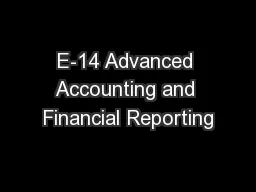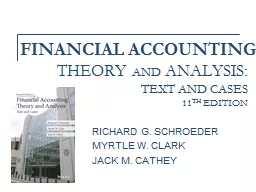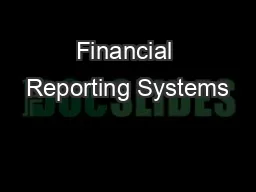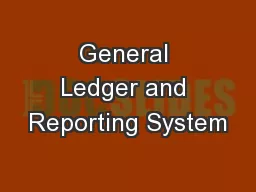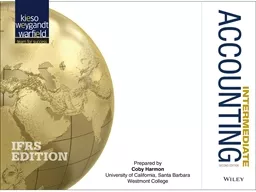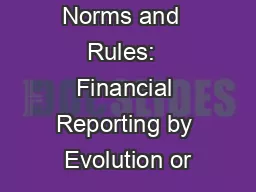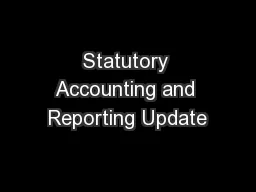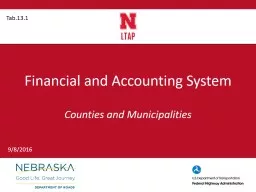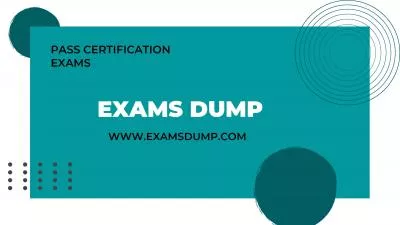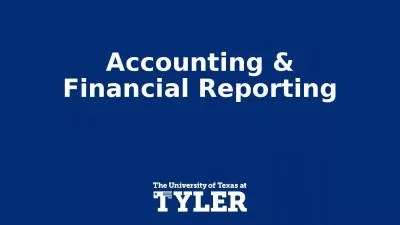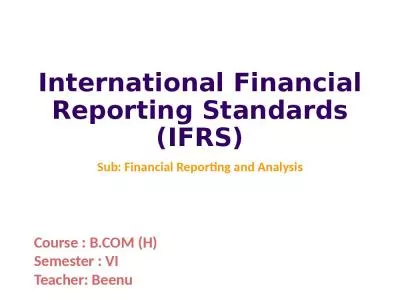PPT-E-14 Advanced Accounting and Financial Reporting
Author : kittie-lecroy | Published Date : 2018-07-02
Lecture 02 IAS 8 Accounting Policies Changes in Estimates and Correction of Errors IAS 18 Revenue IAS 37 Provisions Contingent Liabilities and Contingent Assets
Presentation Embed Code
Download Presentation
Download Presentation The PPT/PDF document "E-14 Advanced Accounting and Financial R..." is the property of its rightful owner. Permission is granted to download and print the materials on this website for personal, non-commercial use only, and to display it on your personal computer provided you do not modify the materials and that you retain all copyright notices contained in the materials. By downloading content from our website, you accept the terms of this agreement.
E-14 Advanced Accounting and Financial Reporting: Transcript
Download Rules Of Document
"E-14 Advanced Accounting and Financial Reporting"The content belongs to its owner. You may download and print it for personal use, without modification, and keep all copyright notices. By downloading, you agree to these terms.
Related Documents

